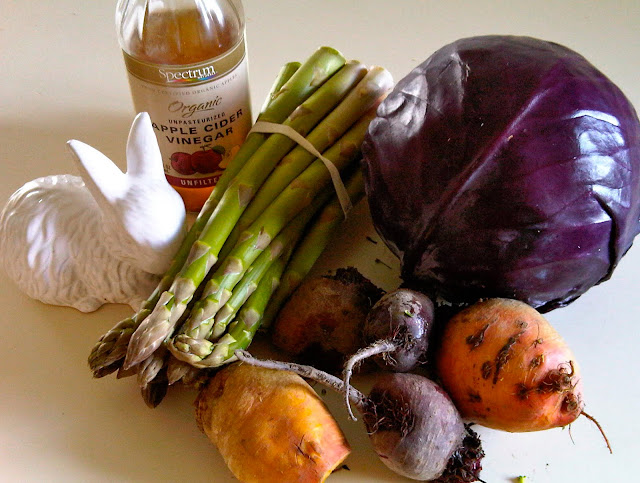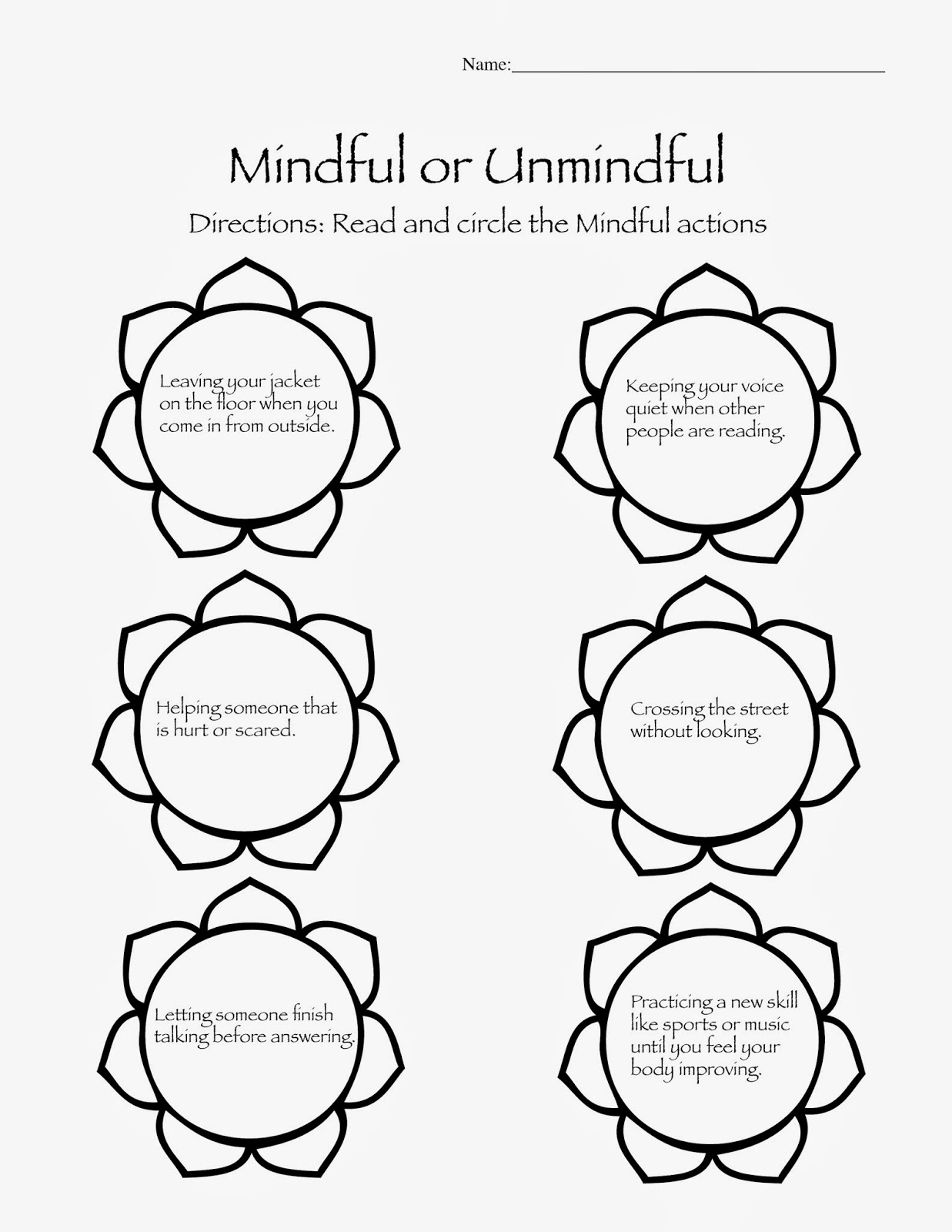plant dyed eggs
Disclaimer: The blue eggs are from a concentrate and not from the pictured plants handmade dye.
First, this idea sounds easier than it actually is. Handmade easter egg dye has proven challenging for me and some lessons were definitely learned. Dye can be made from a number of plants and vegetables and this was my experiment. I chose the following vegetables for color:
First, this idea sounds easier than it actually is. Handmade easter egg dye has proven challenging for me and some lessons were definitely learned. Dye can be made from a number of plants and vegetables and this was my experiment. I chose the following vegetables for color:
- Red-Beets
- Yellow-Golden Beets
- Green-Asparagas and wheatgrass
- Purple-Purple Cabbage
I boiled each of these for approximately an hour in separate pots and let cool. I took recycled peanut butter jars and filled them with three tablespoons of vinegar. I then poured the dye about 3/4 up to the top(leave enough room for eggs to soak). The dye I made was not quite dark enough for my liking and had I let the veggies boil double the time they would have been much darker. Previous to this I had boiled eggs and let then cool. Now it was time for the soak. This too was a lesson, I soaked for about 20 minutes and they really could have soaked longer, probably up to 40 minutes for a brighter shade. Once the soak was done they were drained in a collider and the colors splashed on each other giving a tie dye effect.
Over all this was a fun thing to do with Little B but in the future I think I will buy concentrated plant dye. The cost was not reasonable, unless you have these already in your garden and the waste of the vegetables is disheartening. I used the beets for a salad but the asparagus was mush. You never now unless you try!




Comments